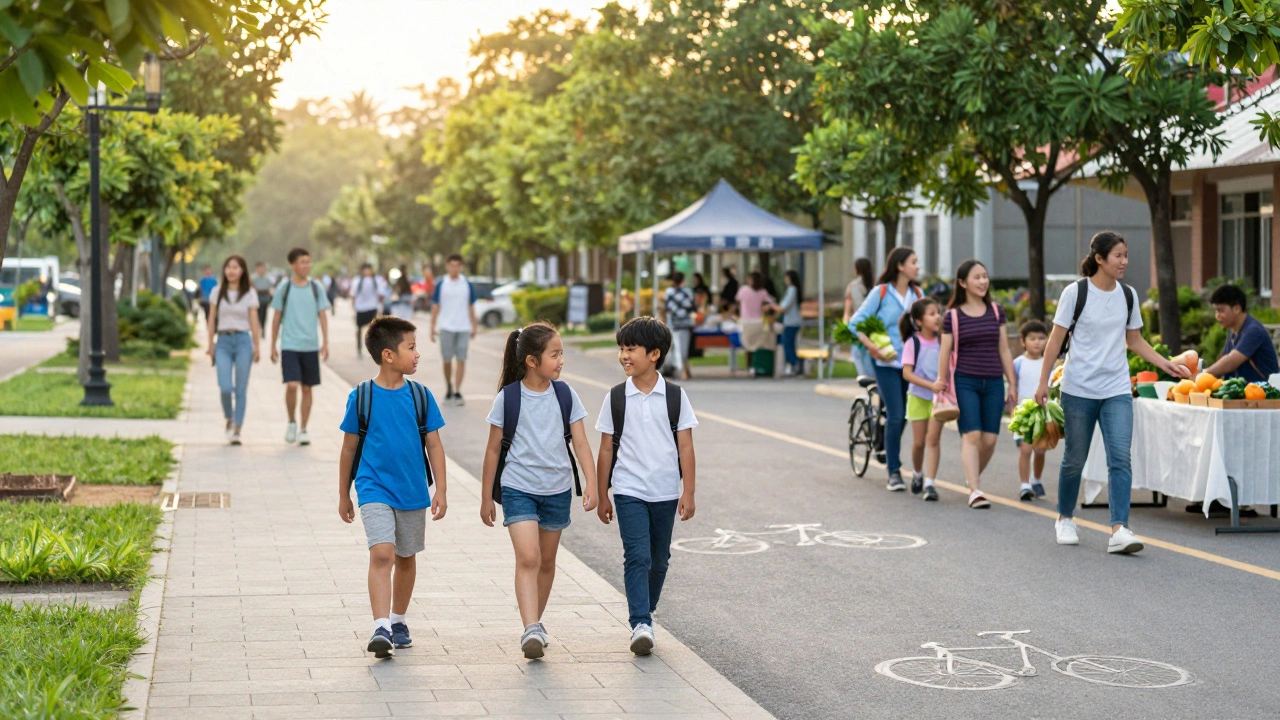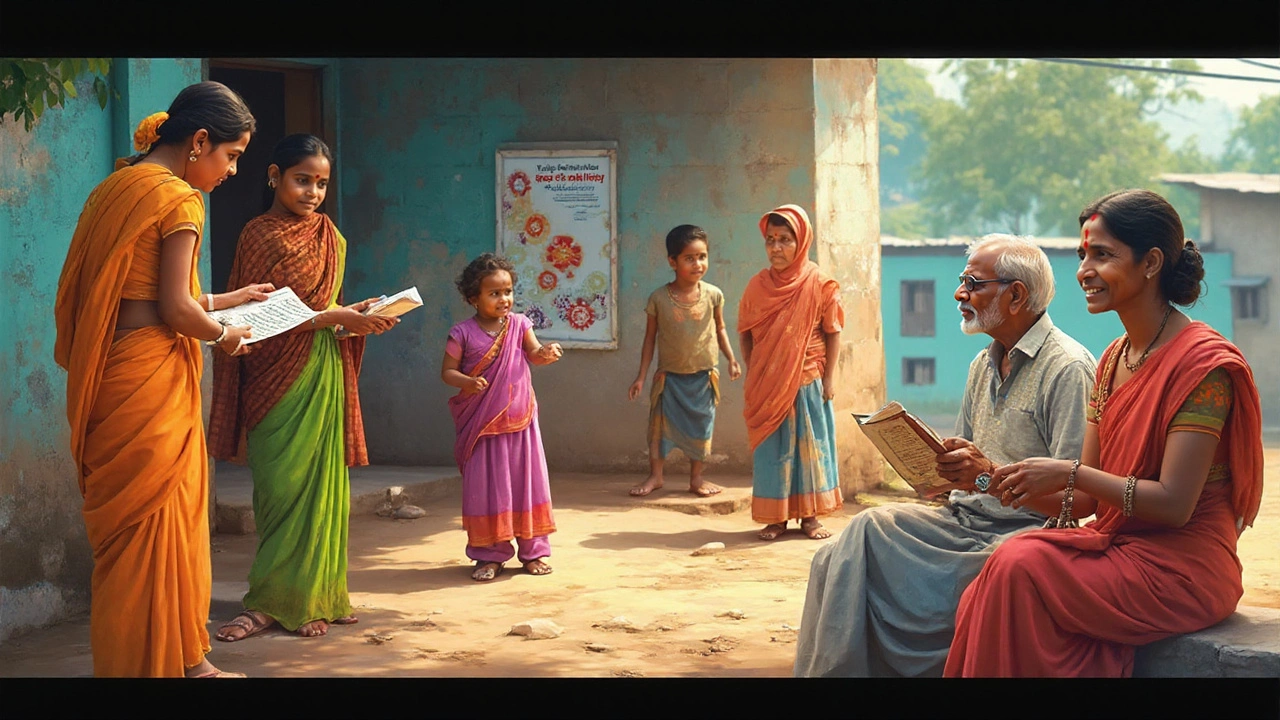Population Health: What It Is and How Real Programs Save Lives
When we talk about population health, the science of improving health outcomes for entire groups of people, not just individuals. Also known as public health, it’s what happens when you stop treating sickness and start stopping it before it spreads. This isn’t theory. It’s the reason polio is gone from India, why fewer kids die from diarrhea, and why smoking rates are falling in cities like Delhi and Bengaluru.
Public health programs, planned efforts to protect communities from disease and unhealthy conditions work because they’re simple, scalable, and focused on behavior—not just medicine. Clean water access, vaccination drives, smoke-free laws, and school nutrition programs don’t need fancy tech. They need consistency, trust, and local buy-in. These are the same tools used in the most successful health campaigns across the country. And they’re not expensive. A single polio vaccine costs less than a rupee. A clean stove in a rural home cuts lung disease fast. These aren’t miracles—they’re health interventions, targeted actions designed to change habits and prevent illness that actually work.
What makes population health different from regular healthcare? It’s the shift from reaction to prevention. Instead of waiting for someone to get sick and then treating them, you change the environment so they never get sick in the first place. That’s why disease prevention, the core goal of population health is about more than shots and pills. It’s about clean air, safe food, education, and access. It’s about reaching people where they live, not where the hospital is. In India, this means working with anganwadi workers, local panchayats, school teachers, and community volunteers. The best programs don’t come from big labs—they come from the ground up.
You’ll find real stories here—not guesses, not projections, but what actually happened. From the villages where mothers learned to boil water and cut child deaths by half, to the cities where air pollution alerts led to school closures and fewer asthma visits. These are the programs that saved lives without needing a billion-dollar budget. They didn’t rely on AI or drones. They relied on people, planning, and persistence.
What you’ll see below isn’t a list of reports. It’s proof. Real examples of what works. You’ll learn how simple changes in policy, behavior, and access can move the needle on health for millions. No jargon. No fluff. Just what’s been done, and why it mattered.





